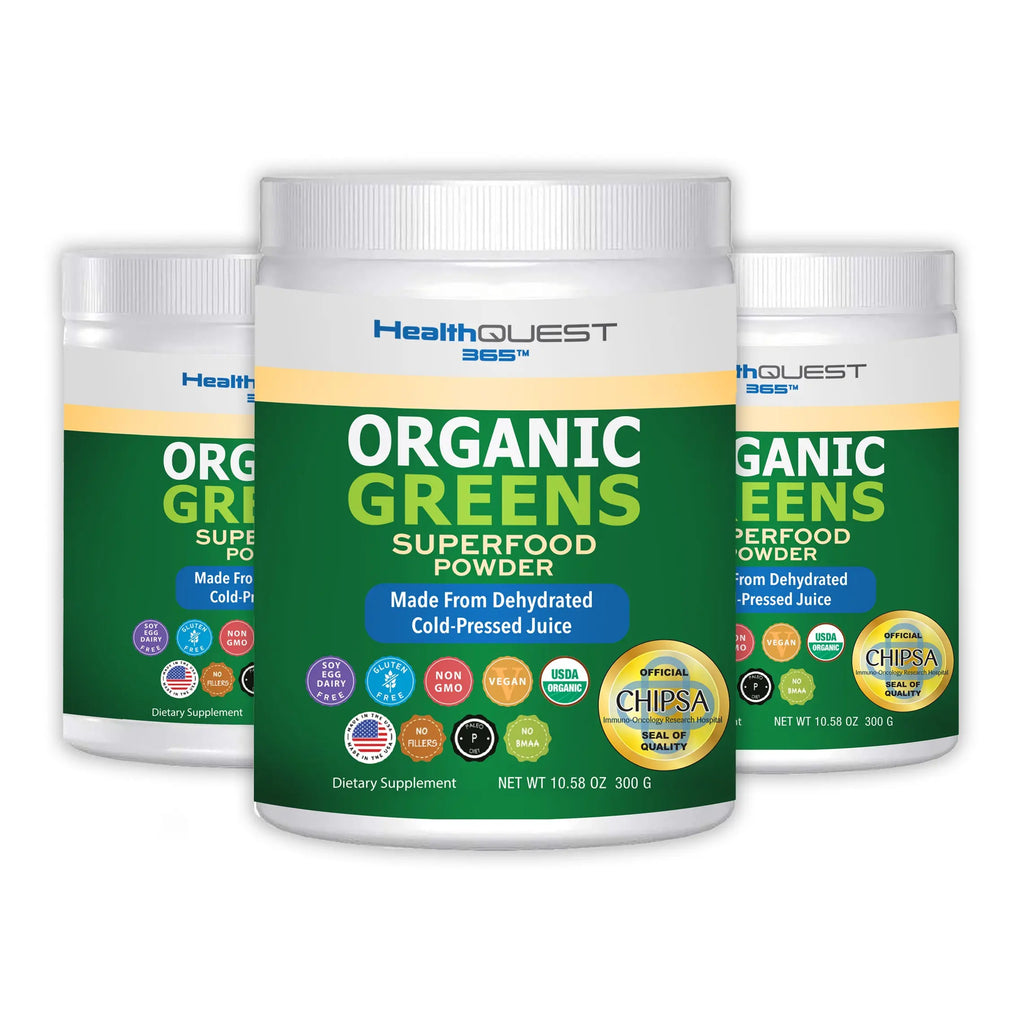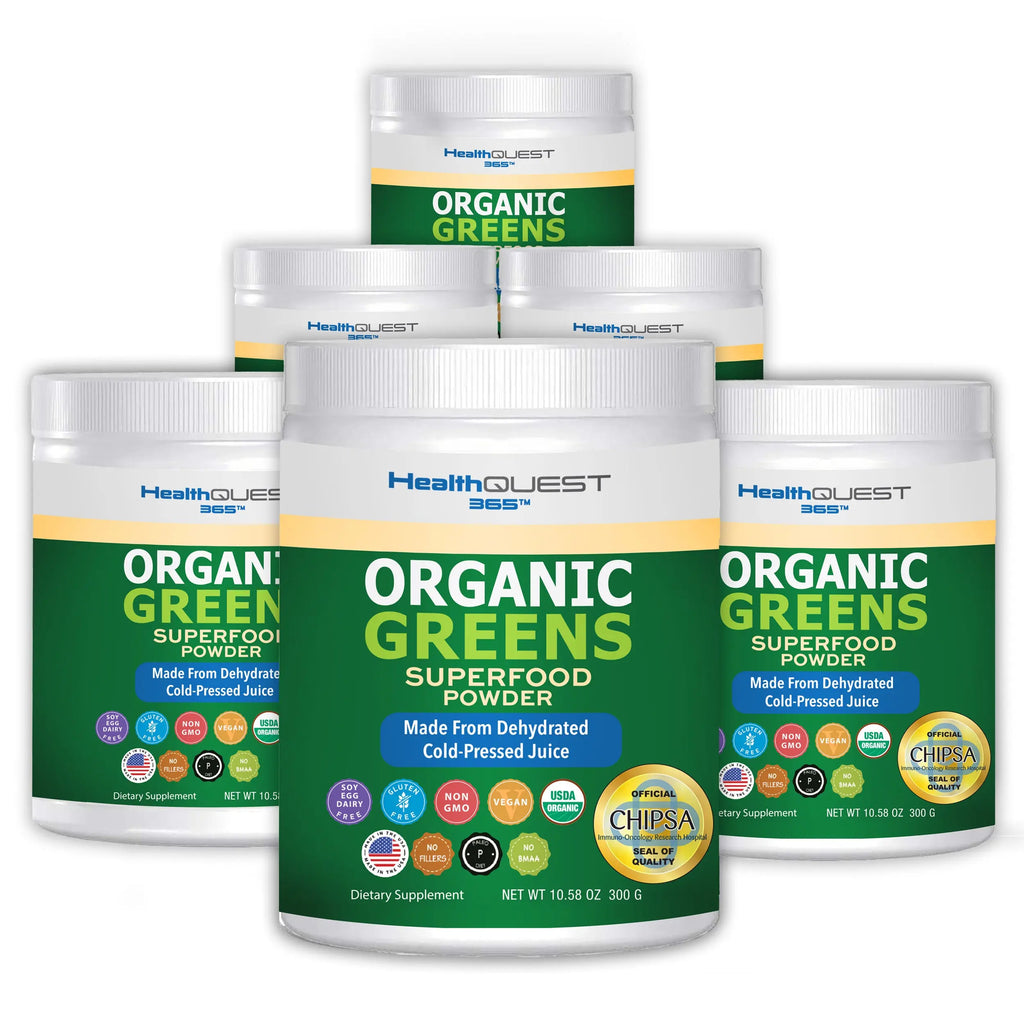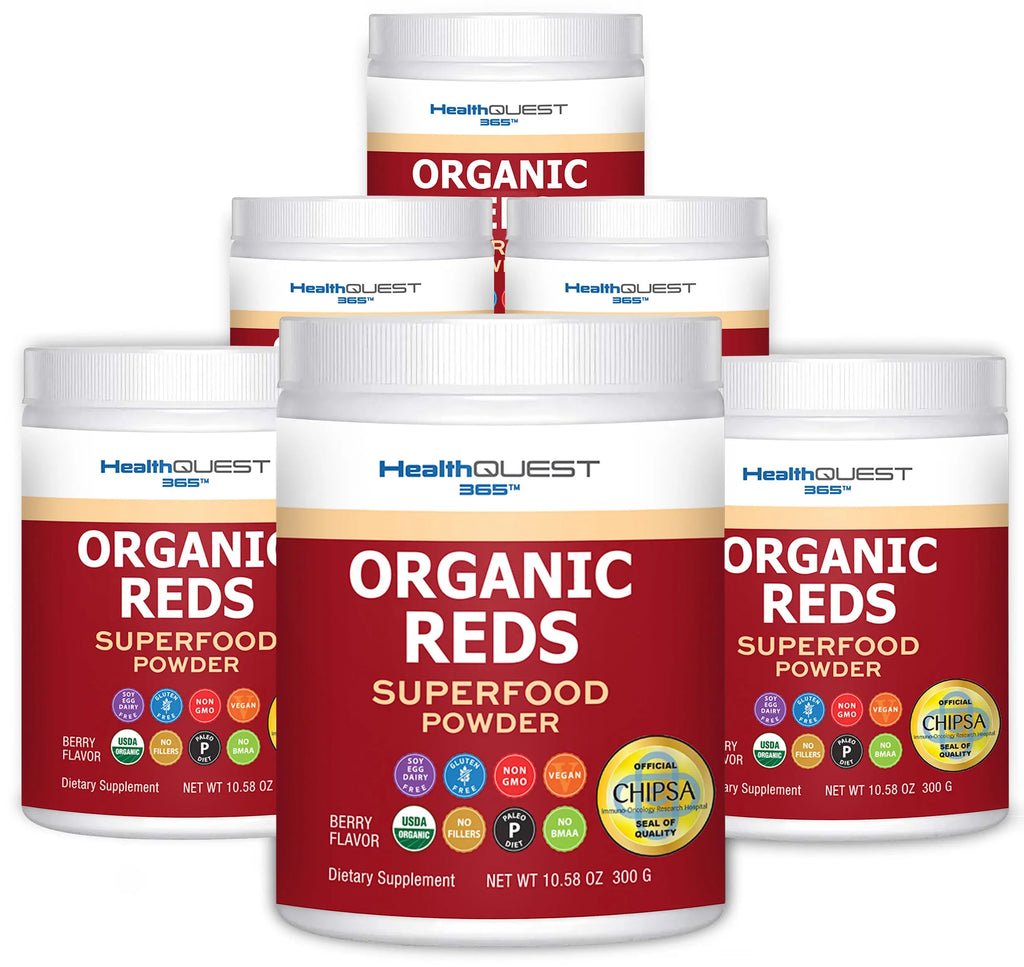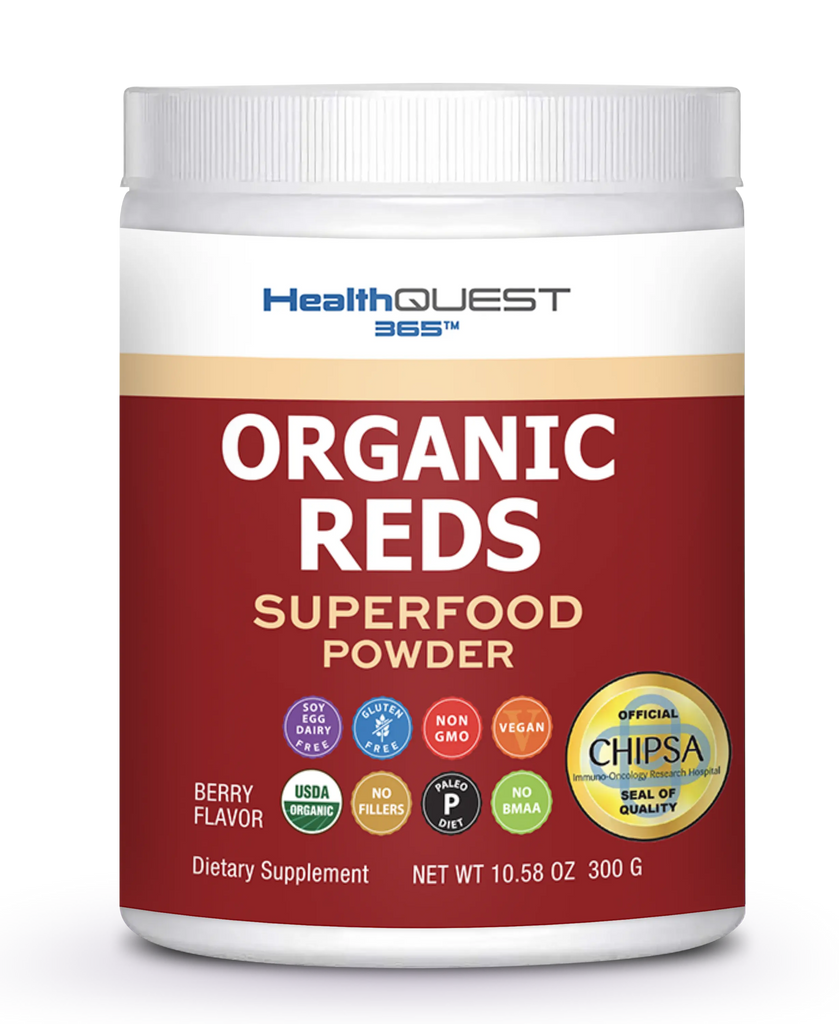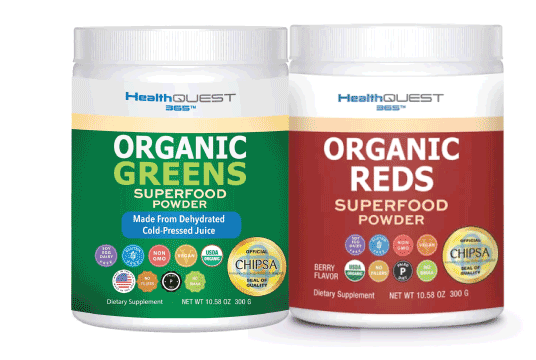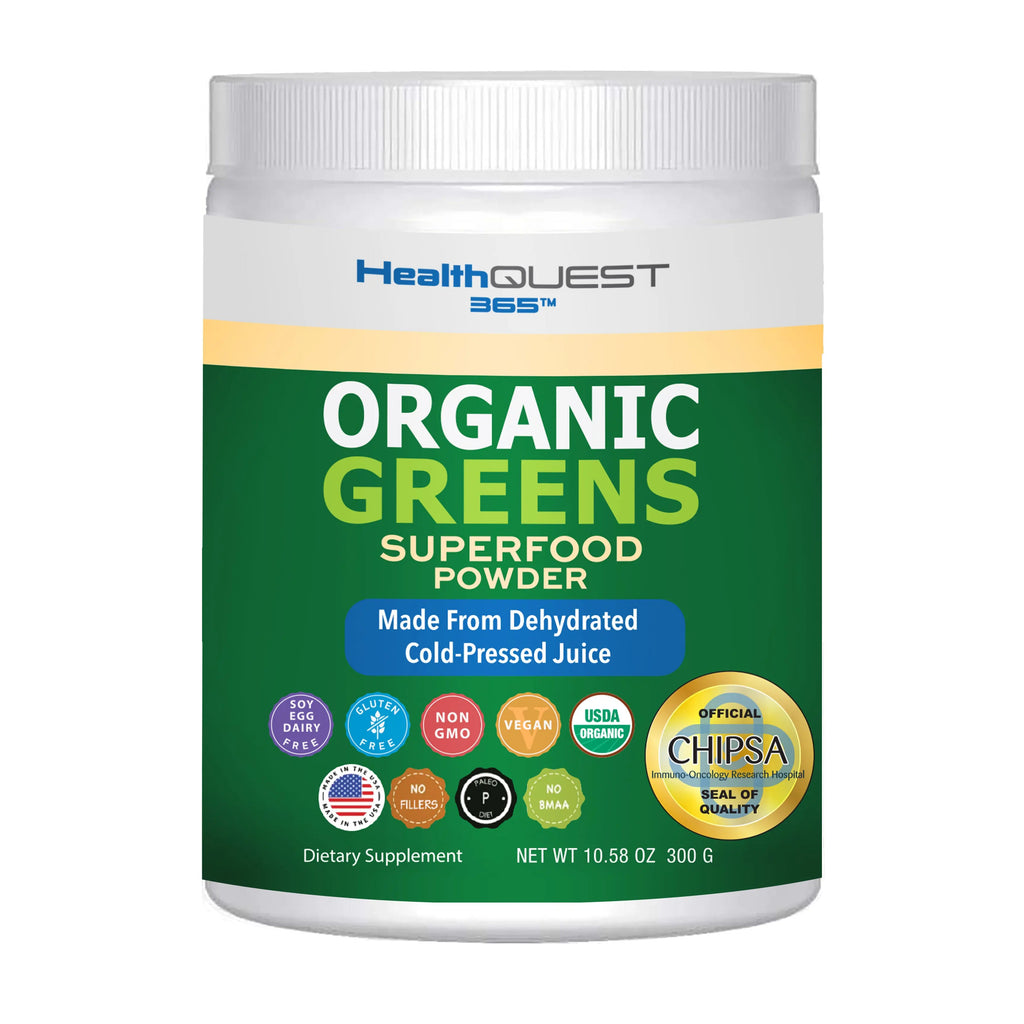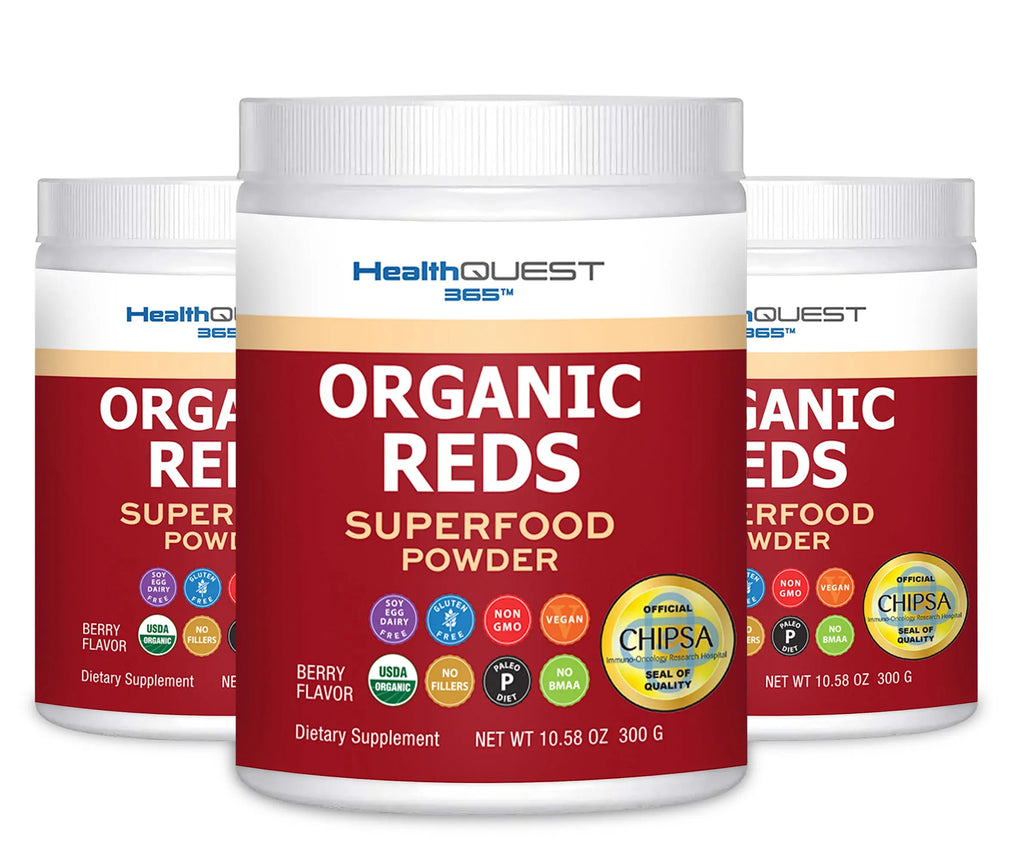It’s about health. It’s about healthy lifestyle. It’s about family™

Eating Healthy
Are you mindful about the food you put into your body?
The food you eat can drastically affect your health. If you eat unhealthy foods, it puts you at risk for certain diseases. That’s why it pays to start eating healthy if you aren’t doing so yet.
But if you’re planning to switch to a healthier diet, you’re going to make lots of changes. It might require changes in environment or routine. You don’t have to make huge changes to eat healthy, and you don’t have to change your habits all at once. Setting small goals and taking baby steps to change your unhealthy eating habits can make a huge difference in your health.
But what exactly are the changes that you need to make to start eating healthier?

HOW TO START EATING HEALTHY
ADOPT A HEALTHY DIET
Generally, vegetables, fruits and starchy foods should make up most of your meals. The rest will be milk, dairy, and protein foods. Here are the essentials for a good diet:
CARBOHYDRATES
It’s advisable to have ⅓ of your diet be made up of carbohydrates. This includes whole grains, brown rice, bread, and potatoes.
FRUITS
Adding fruits, such as apples, berries, oranges, and bananas, to your diet can help you stay in tiptop shape. Fresh, frozen, or canned fruits are great choices. Dried and canned fruits contain sugars and syrups, so it’s best to steer clear of them.
VEGETABLES
These keep your body healthy because of their abundance in vitamins and minerals. It’s also low in fat and calories, but can help you feel full after a meal. If you are going to opt for canned vegetables, find ones without added salt, butter, or cream sauces.

Give You ALL Our Best Workbooks
Get all the Best Workbooks + Action Guides from our expert
FIBRE
High fibre foods can lower blood cholesterol and glucose levels. They keep the bowels moving normally as well. Usually, starchy foods, fruits and vegetables contain the most fibre. Foods that are rich in fibre that you should add to your diet include:
-
Brown rice
-
Whole grain cereals
-
Whole grain breads and oats
-
Whole wheat pasta
-
Barley and rye
-
Fruits (e.g. berries, melons, oranges)
-
Vegetables (e.g. broccoli, carrots, potatoes)
-
Peas and beans
-
Chickpeas and lentils
-
Nuts and seeds
Foods rich in fibre can make you feel full for longer, which can be helpful if you’re trying to lose weight. Remember to drink plenty of water when you’re eating a high fibre diet. Six to eight cups of fluid is recommended.
MILK AND DAIRY PRODUCTS
Milk and other dairy foods are important in your diet. They provide calcium, which is needed for healthy teeth and bones. Moreover, they are also a source of protein and provide other vitamins and minerals essential for your health.

If you want enough calcium in your diet, you will be needing three servings each from this food group daily. One serving is equivalent to:
-
200 ml of milk
-
150 g pot of yogurt
-
About 30 g serving of cheese
Take note that butter and cream are not considered as dairy foods in this case. Since they are high in fat, they would be classified under the fatty foods group.
There are also non-dairy sources of calcium, such as leafy greens, almonds, seaweed, oranges, and sesame seeds. Just make sure to consume them with Vitamin D since the body needs it to absorb calcium. Some foods that have Vitamin D are eggs, fish, and mushrooms.

FATS
If you’re trying to lose weight, it’s a good idea to eat less fat. Some helpful tips to decrease your fat intake would be:
-
Grill, bake, poach, barbecue, or boil food instead of frying.
-
If you must fry, use unsaturated oil and drain it off the food before consuming.
-
Choose lean cuts of meat and cut off any excess fat.
-
Avoid adding unnecessary fat to food, such as margarine or butter.
-
Be wary with hidden fats in pastries, chocolates, and biscuits.
-
Have low fat milk, cheese, yogurt, and other dairy foods.
-
Try to avoid cream.
Trans fats occur naturally in small amounts in a wide range of foods. However, it’s harmful when it’s produced during the processing of vegetable oils. In those cases, trans fats are notoriously known for increasing the risk of heart disease.
PRACTICE HEALTHY EATING HABITS
Eating healthier goes beyond what you eat — it includes how you eat. Here are some eating habits you should definitely practice:
-
Eat in smaller portions.
-
Don’t skip or delay meals.
-
Avoid eating too fast.
-
Schedule your snacks.
-
Drink water instead of sugary drinks.
-
Stay properly hydrated.
-
Avoid consuming too much sugar and salt.
-
Use fruits as an alternative to sugar to sweeten foods.
-
Replace salt with herbs and spices.
-
If you choose to drink alcohol, drink moderately.
-
Cut down on chocolate and sweets.
-
Control emotional eating.
-
Avoid processed foods.
-
Exercise daily.

FREE "Mystery Gift"?
Let me stay in touch with you via email and as a thank you - get this FREE gift.. Something others paid over $1,000 for.
(True story)
DON’T DEPRIVE YOURSELF
Healthy eating is all about moderation. You can still enjoy your comfort foods even if they’re high in calories, fats, or sugars. But eat them less often and in smaller amounts. Balance them with healthier foods and physical activity.
If you want to get all those fruits, vegetables and leafy greens daily, try the Organic Greens 365. It has the perfect balance of all the things you need for a healthy diet. By making smart food choices, you’ll manage your weight and lower risk for chronic diseases. It also boosts your mood and energy — and who doesn’t want to live a healthier and happier life?
FREQUENTLY ASKED QUESTIONS
Tips include meal planning, buying seasonal produce, purchasing store brands, utilizing bulk bins, and preparing meals at home to save money while eating nutritiously.
Choose grilled or steamed options, opt for dishes with plenty of vegetables, control portion sizes, and ask for dressings and sauces on the side to make healthier choices when dining out.
Yes, try adding fruits and vegetables to smoothies, salads, stir-fries, soups, or as snacks, and aim to fill half your plate with fruits and vegetables at each meal to increase intake.
Yes, choose whole grains like quinoa, brown rice, and oats, along with fruits, vegetables, and legumes, as part of a balanced diet to provide energy and essential nutrients.
Plan ahead by keeping healthy snacks like nuts, fruits, yogurt, or cut-up vegetables readily available, and practice mindful eating by paying attention to hunger and fullness cues to avoid unnecessary snacking.

